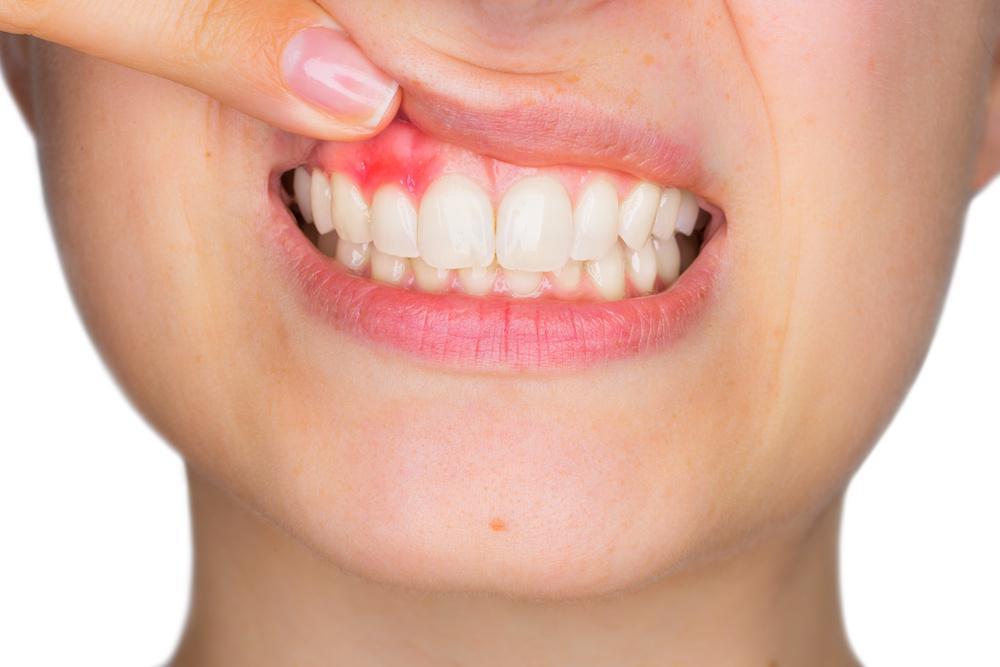
Are your gums painful or bleeding? The inflammation and infection of your gums, bone, and ligaments that surround the teeth are known as periodontal diseases. To safeguard your oral as well as overall health, you should understand the reasons, treatment, and ways to prevent the gum disease.
What is periodontitis?
“Inflammation around the teeth” is what periodontitis means. It affects the pink tissue that holds your teeth in the proper place as a severe type of periodontal disease.
Problems can arise in addition to swollen gums. Periodontitis can erode the bones present in the mouth and also lead to tooth loss if left untreated. Fortunately, you may take precautions to avoid contracting this deadly condition.
What are the reasons for periodontal disease?
According to dentist Rancho Bernardo, periodontal disease is caused by poor oral hygiene or any uncontrolled bacteria appearing from tooth plaque and various toxins produced by such bacteria. Plaque biofilm may spread below your gum line if not removed. These toxins infect the gums, causing inflammation and destruction of the bones and tissues that usually support your teeth.
Your gums then will pull away from your teeth, generating periodontal spaces or pockets between the teeth, as the gum tissue recedes. More gum tissue and also bone are damaged when these pockets will become infected and also deepen.
Your gums will recede and also your teeth will become loose. You may have to finally remove them as a result of this deterioration.
What happens if you have periodontitis?
Your gums get inflamed as a result of periodontitis. They may enlarge, bleed, and turn red. Because the inflammation is so intense, air pockets form between your teeth and gums.
Bacteria can always enter and also thrive in such spaces, causing illness below the gum line. The infection is then attacked by your immune system. It eventually dissolves the tissue and bone that hold teeth in the proper place. Such a reaction may result in tooth loss.
How common is this problem?
More than 47% of people in the United States over the age of 30 have periodontitis. For people who are 65 and above, the percentage further rises to more than 70%.
Who is at greater risk for periodontitis?
In people under the age of 30, periodontitis is rather infrequent. It can still impact anyone who has poor dental hygiene, such as those who do not floss and brush regularly.
As you become older, more chances develop for periodontitis to happen. Years of poor dental hygiene have taken their toll. You will get gingivitis, a milder gum disease before you get periodontitis. There can be a chance of periodontitis if your gingivitis is left untreated.
- Periodontitis is also more common in men. One factor could be that men are usually less likely to visit the dentist on a regular basis. They also have poorer dental health.
- Some other factors that may also enhance the risk of your periodontitis are:
- Smoking can weaken your ability to fight against infection
- People with diabetes can be at much greater risk to get this infection
- Medications that can lower your saliva production, which can protect your gums. Such medicines are drugs used for antihistamines, antidepressants, and hypertension
- Genetics, many have genes that can put them at higher risk.
- In women, hormonal changes, such as using pills for birth control or pregnancy
- Diseases that can limit your response to the immune system, e.g. AIDS or cancer
What are the various symptoms of periodontitis?
Symptoms of periodontitis are gums that can:
- Bleed.
- Grow red
- Tender and swollen
- Recede
And the teeth that can:
Become loose
- Becomes more sensitive to feel
- Get encircled by pus
A few other symptoms include:
- Painful chewing
- Bad breath
- Change in the bite
How can you prevent gum disease?
Because periodontitis and advanced stages of this periodontal disease can never be reversed, it is critical to creating preventative care practice before the condition worsens.
Flossing and brushing your teeth correctly on a daily basis will remove plaque from the teeth and can prevent build-up. Plaque can also be removed from between your teeth with interdental brushes or water flossers.
It is also a good idea to see your dentist every 6 months for your professional cleaning to get plaque and tartar out of hard-to-reach locations. Rancho Bernardo dentist may recommend rather more frequent visits. Also, a more intensive treatment plan is needed if you have the periodontal disease already.
Knowing these factors will be important to know, which can always put you at greater risk for such gum disease:
- Genetics
- Braces and bridges
- Grinding, clenching, gritting, or teeth
- Medications
- Tobacco use
- Diseases
- Stress
- Poor nutrition
- Hormones
How will periodontitis be treated?
Your treatment options will be decided by the severity of your gum disease. Deep cleaning to surgery is all options for treatment. It is critical to maintaining proper dental hygiene following any treatment, regardless of the type. This will help to keep your mouth healthier.
How deep cleaning can treat periodontitis?
Your best dentist Rancho Bernardo can eliminate plaque during a deep cleaning. Scaling and root planning will be used, which might be done with laser treatment:
Scaling scrapes off your tartar from both above and also below your gum line. Root planning can get rid of the rough spots available on your teeth roots. It can help in removing the bacteria that may cause periodontitis.





